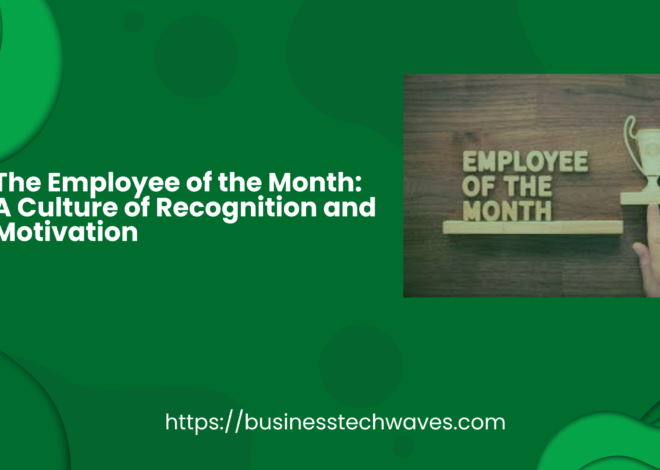
Best Understanding Risk Management Definitions and Concepts 2024
Risk management definitions is a crucial aspect of organizational and personal decision-making processes. It involves identifying, assessing, and prioritizing risks, followed by coordinated efforts to minimize, monitor, and control the probability or impact of unfortunate events. This article explores risk management definitions various definitions of risk management, providing insights into its significance, processes, and applications.
Risk Management Definitions
- ISO 31000 Definition The International Organization for Standardization (ISO) provides one of the most widely accepted definitions of risk management. According to ISO 31000:2018, risk management is “the coordinated activities to direct and control an organization with regard to risk.” This definition emphasizes that risk management is not a standalone activity but an integral part of an organization’s overall management system. It encompasses the entire organization and is designed to support the achievement of its objectives.
- COSO Definition The Committee of Sponsoring Organizations of the Treadway Commission (COSO) defines risk management in the context of enterprise risk management (ERM). According to COSO’s ERM Framework, risk management is “a process, affected by an entity’s board of directors, management, and other personnel, applied in strategy setting and across the enterprise, designed to identify potential events that may affect the entity, and manage risk to be within its risk tolerance, to provide reasonable assurance regarding the achievement of entity objectives.” This definition highlights the involvement of various organizational levels and the focus on aligning risk management with strategic objectives.
- Risk Management Society (RIMS) Definition Risk management definitions Society (RIMS) defines risk management as “the process of identifying, assessing, and controlling threats to an organization’s capital and earnings.” These threats or risks could arise from various sources, including financial uncertainties, legal liabilities, strategic management errors, and natural disasters. RIMS’ definition underscores the practical aspects of risk management, particularly its role in protecting organizational assets and ensuring financial stability.
- Project Management Institute (PMI) Definition The Project Management Institute (PMI) provides a risk management definitions within the context of project management. According to PMI, risk management is “the process of planning, identifying, analyzing, responding to, and monitoring project risk.” This definition is tailored to project-based environments and emphasizes the need for a systematic approach to managing uncertainties that could impact project objectives.
Key Concepts in Risk Management
- Risk IdentificationRisk identification is the initial step in the risk management process. It involves recognizing potential risks that could affect an organization or project. Techniques for risk identification include brainstorming sessions, expert interviews, checklists, and historical data analysis. The goal is to create a comprehensive list of possible risks to ensure that they are adequately addressed in subsequent stages.
- Risk Assessment Once risk management definitions, they need to be assessed to determine their potential impact and likelihood. Risk assessment typically involves two main components: risk analysis and risk evaluation. Risk analysis involves quantifying the probability and impact of each risk, while risk evaluation compares the assessed risks against predetermined risk criteria to prioritize them. This helps in focusing resources on the most critical risks.
- Risk ResponseRisk response strategies are formulated based on the results of the risk assessment. Common risk response strategies include:
- Risk Avoidance: Altering plans to avoid the risk altogether.
- Risk Reduction: Implementing measures to reduce the likelihood or impact of the risk.
- Risk Sharing: Spreading the risk across other parties, such as through outsourcing or insurance.
- Risk Acceptance: Acknowledging the risk and preparing to manage its impact if it occurs.
- Risk Monitoring and ReviewRisk management is an ongoing process that requires continuous monitoring and review. Risk monitoring involves tracking identified risks, reviewing the effectiveness of risk response strategies, and identifying new risks as they emerge. Regular reviews help ensure that the risk management process remains effective and aligned with organizational objectives.
- Risk CommunicationEffective risk management also involves clear communication. It is crucial to ensure that all stakeholders are aware of the risks and the strategies in place to manage them. Risk communication helps in fostering a risk-aware culture within the organization and ensuring that everyone understands their role in managing risks.
Applications of Risk Management
- Corporate Risk ManagementIn the corporate world, risk management is essential for safeguarding assets, ensuring business continuity, and achieving strategic goals. Corporations use various risk management frameworks and tools to address financial, operational, strategic, and compliance risks. For example, financial institutions implement robust risk management practices to manage credit, market, and liquidity risks.
- Project Risk ManagementIn project management, risk management is critical for ensuring the successful completion of projects within scope, time, and budget constraints. Project managers use risk management techniques to identify potential issues, develop mitigation plans, and monitor risks throughout the project lifecycle.
- Health and Safety Risk ManagementIn sectors such as manufacturing, construction, and healthcare, managing health and safety risks is crucial for protecting employees and complying with regulations. Organizations implement risk assessments, safety protocols, and training programs to minimize accidents and ensure a safe working environment.
- Environmental Risk ManagementEnvironmental risk management involves addressing risks related to environmental impacts and sustainability. Organizations adopt practices to manage risks associated with pollution, resource depletion, and climate change. This includes compliance with environmental regulations and implementing sustainable practices.
- Personal Risk ManagementOn a personal level, risk management involves managing risks related to health, finances, and lifestyle. Individuals use insurance, savings plans, and preventive healthcare measures to mitigate risks and ensure personal well-being.
Conclusion
Risk management definitions is a multifaceted discipline that plays a critical role in various domains, from corporate settings to personal life. Understanding the different definitions and concepts of risk management helps in appreciating its importance and applying it effectively. By identifying, assessing, and responding to risks, organizations and individuals can protect their assets, achieve their objectives, and navigate uncertainties with greater confidence. Whether in project management, corporate governance, or personal decision-making, effective risk management is a cornerstone of success and resilience.


